Delving further into the big Delage
Photos by Vince Johnson
As we have seen, Miranda Seymour was able to obtain a ride in a very nice Delage D8S while in Australia. She sent us a photo of herself in the car, but none of the great Delage itself.
We solved the problem by asking VeloceToday contributor and reporter Vince Johnson to run over to Antony Simpson’s place and take a few photos of the Delage. Despite the size of Australia, it seems that Vince lived only about 20 minutes away. Vince returned not only with the photos for this article, but a brief history of the Delage as related by Mr. Simpson. As noted by Seymour, Simpson’s Delage is similar to Renee Friderich’s, and has its own fine and perhaps happier history. The following is the owner’s description of his Delage and its history.
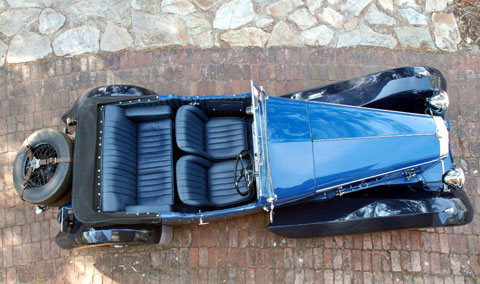
My car, a 1932 Delage D8S, was imported by a publican (pub owner) in the Melbourne suburb of Geelong. Its third owner was Arnold Terdich, of the well known Melbourne family of automotive enthusiasts who had it for five years.
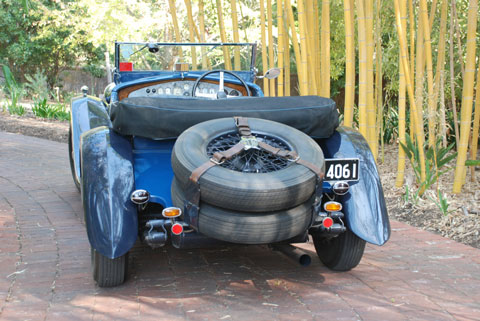 One night in the wet, the driver lost control and demolished a tram shelter and the rear end of the car. The rear of the original French body was replaced by an uninspired local product and the running gear made good for the time being. Years later, much of the rear bodywork was removed and the proper proportions restored. A good deal of the original French bodywork remains and can be seen in the guards, scuttle and bonnet.
One night in the wet, the driver lost control and demolished a tram shelter and the rear end of the car. The rear of the original French body was replaced by an uninspired local product and the running gear made good for the time being. Years later, much of the rear bodywork was removed and the proper proportions restored. A good deal of the original French bodywork remains and can be seen in the guards, scuttle and bonnet.
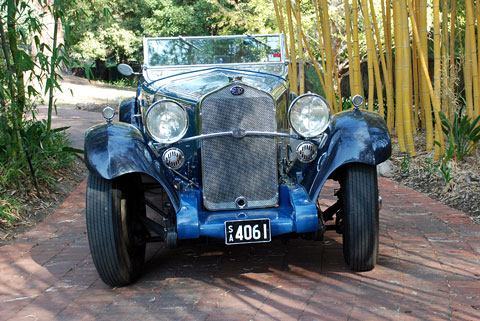
It finished up in a Heritage Museum near the small town of Bendigo where I purchased it. The restoration, by Gavin Sandford Morgan in Adelaide, took a number of years and included tracking down and incorporating the original components which included the engine, which had been put into a speedboat.
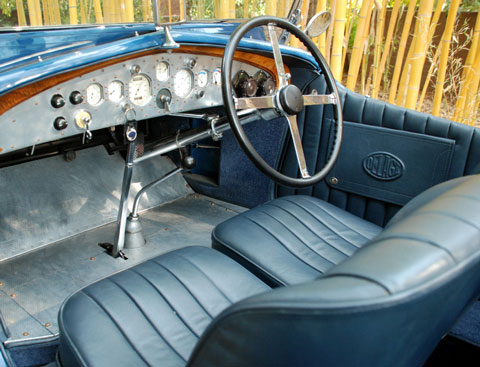
The gearbox has the unusual Delage characteristic of reverse being behind first which led many bright young lads to engage reverse as they waited to power off at the lights. This we try and avoid.
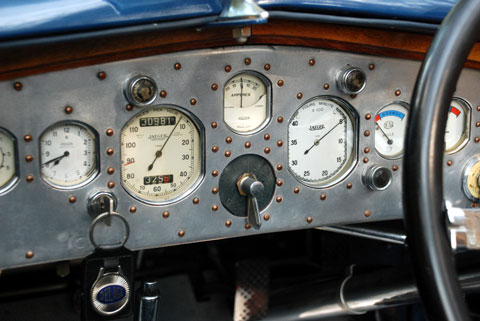
It’s a magnificent car to drive, its great strength is on straight roads and long curves where it rides superbly. It has extraordinary torque, you can pull up almost any sort of hill in top (4th) gear.
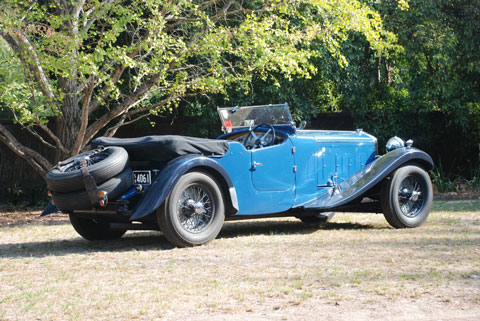
It’s a beautifully proportioned, 100 mph motor car and very original. Only 99 of these were built. Since the restoration, it’s been used in several Classic Adelaide Rallies and local early morning runs, colloquially known as the ‘Sparrow Fart Runs’.
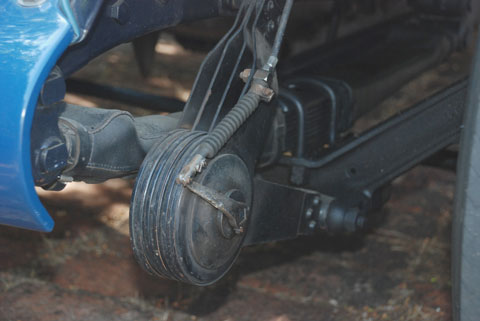 These are the adjustable lever type shocks.
These are the adjustable lever type shocks.
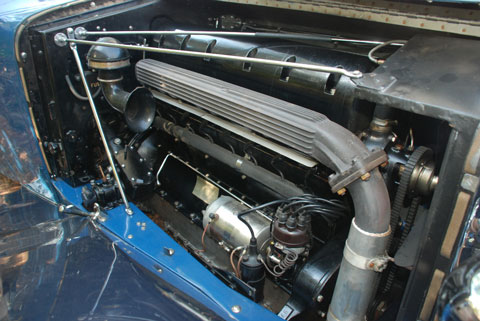
The straight eight engine has the semi desmodromic valves, nicely described by a French journalist as like the elephant, impossible to describe but once seen never forgotten. The firewall is very much handmade by craftsmen, it’s not a metal pressing, reflecting the small production run.
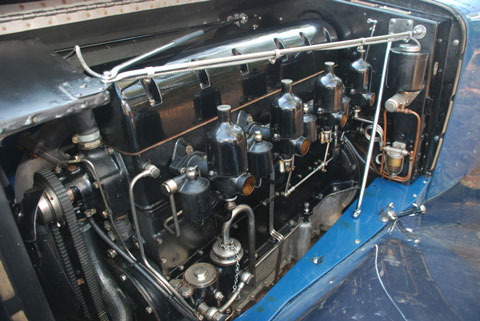
It has the four SU carburetor conversion as was carried out by the English agents, in this, we had the good fortune to get four bronze bodied SUs.
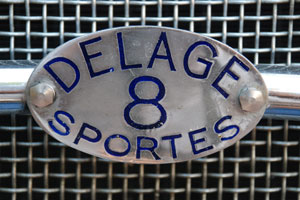
Delage D8 Super Sport Brief Specifications
Engine Straight Eight, 4050 cc
The “SS” (the model according to Autocar) featured a different overhead valve gear than other D8s which utilized the normal pushrod and rocker arm method. But according to the Autocar, November 13th 1931, the SS valve gear had “springs carried not on the valve stems themselves, but centrally, in relation to the rocker levers.” Unfortunately we have no diagram of this layout.
Wheelbase 10 ft. 2 inches
Transmission Four speed plus reverse
Top Speed 100 mph
Fuel Consumption–14-16 miles per Imperial gallon
RELATED ARTICLES
Death by Delage
A Death Forgotten
Delage, France’s Finest Car, Book Review and History
Bugattis at Adelaide

Ther is no such thing as semi desmodromic! the delage system on the D8 is traditional fitted to the valve and uses a tapered coil to vary the spring rate and minimise valve bounce. On the D8S the spring is mounted to a cross arm or lever which is still operated by the normal camshaft. Valve (tappit ) clearance is set here and the valve is lifted and closed by this arm. desmodromic valves do not need a spring to keep a follower on the camshaft as the the operating arm surrounds the cam and opens and closes in a positive manner eliminating inertia affects on the valve!